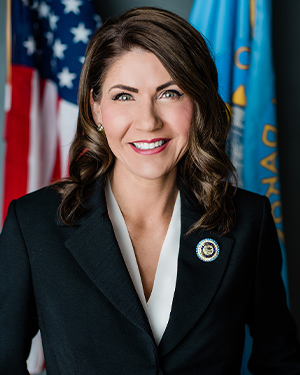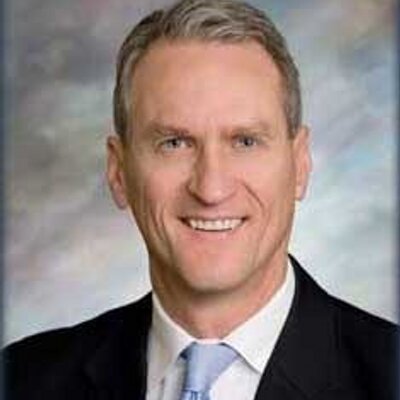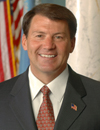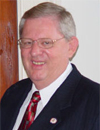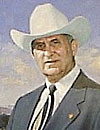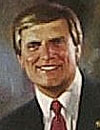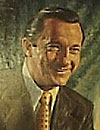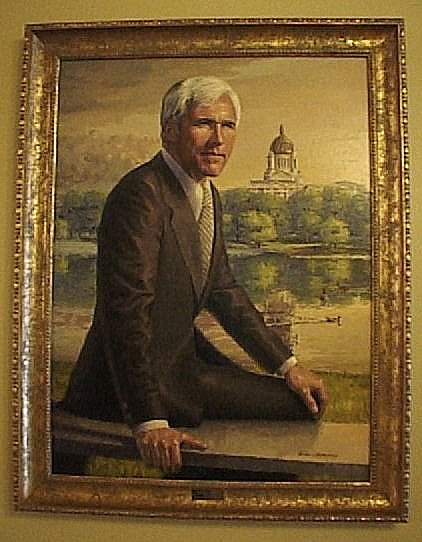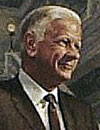This website uses cookies so that we can provide you with the best user experience possible. Cookie information is stored in your browser and performs functions such as recognizing you when you return to our website and helping our team to understand which sections of the website you find most interesting and useful. Please see our privacy policy for more information.
South Dakota
Gov. Peter Norbeck
- January 2, 1917 - January 4, 1921
- Republican
- August 27, 1870
- December 20, 1936
- South Dakota
- University of South Dakota
- Married Lydia Anderson; four children
- Senator
About
PETER NORBECK was born in Vermillion, Clay County, in what would become the State of South Dakota. After attending the University of South Dakota, he became a businessman, serving as president of the Norbeck Drilling Company, which revolutionized artesian well drilling. He served for six years in the South Dakota Senate and for two years as Lieutenant Governor. The first native South Dakotan to become governor, Norbeck pursued a progressive plan for the state, and during his first year in office, the legislature enacted nearly 400 laws, including measures providing state loans to farmers. Constitutional amendments were also submitted calling for state warehouses and grain elevators. These amendments, along with legislation permitting South Dakota to engage in internal improvements and to enter any business enterprise that was approved by the state legislature, were approved by popular vote. When the United States entered World War I, Norbeck oversaw the state’s preparations for war and led the Red Cross Blood Drive in 1918. During his second term, he secured passage of legislation creating the Custer State Park and Game Sanctuary in Black Hills and launched an extensive road construction program. He did not seek reelection to a third term but went on instead to campaign successfully for a seat in the U.S. Senate, where he was largely responsible for completion of Mt. Rushmore, for the establishment of Grand Teton National Park, and for enlargement of Yellowstone National Park. He died in Redfield, South Dakota.
Source
Sobel, Robert, and John Raimo, eds. Biographical Directory of the Governors of the United States, 1789-1978, Vol. 4. Westport, CT: Meckler Books, 1978. 4 vols.
The National Cyclopaedia of American Biography, Vol. 38. New York: James T. White & Company.


